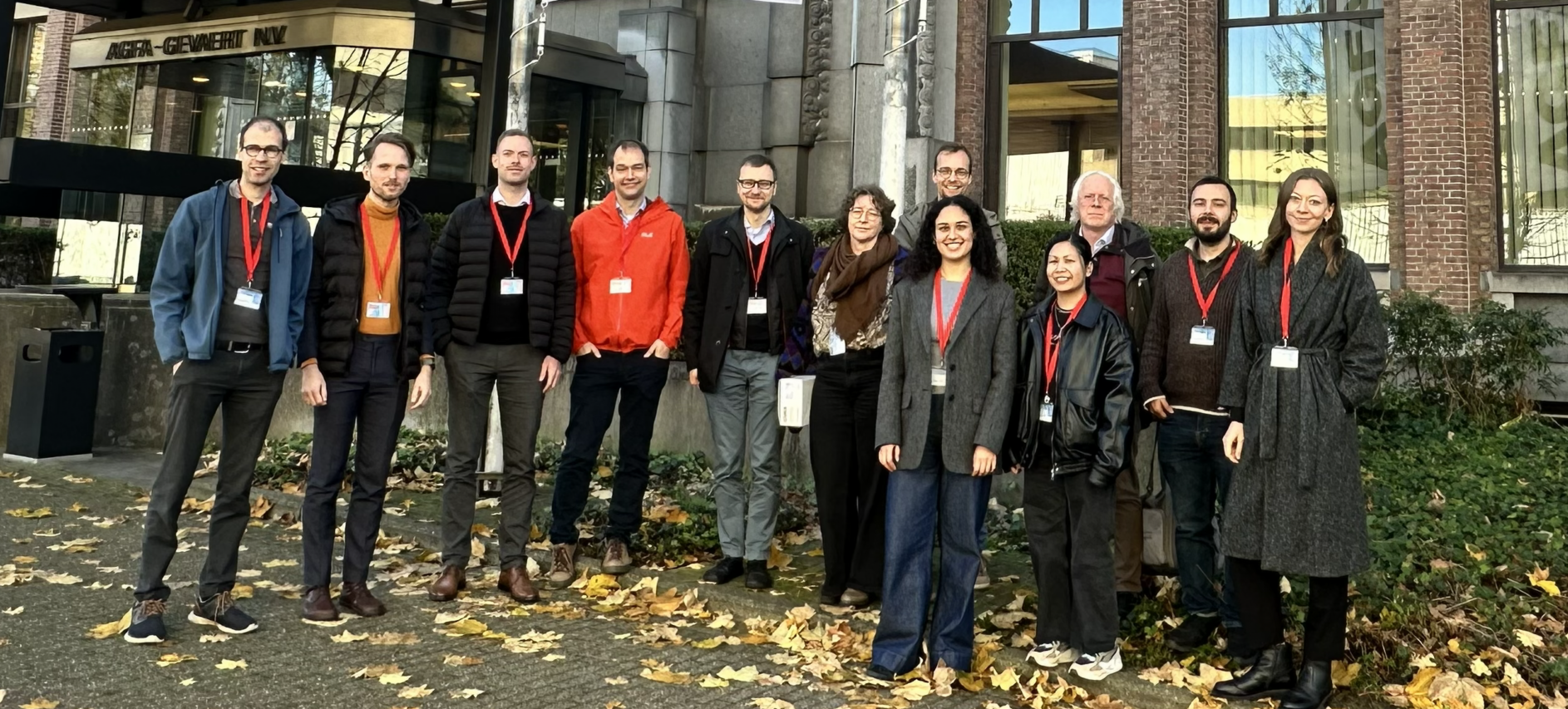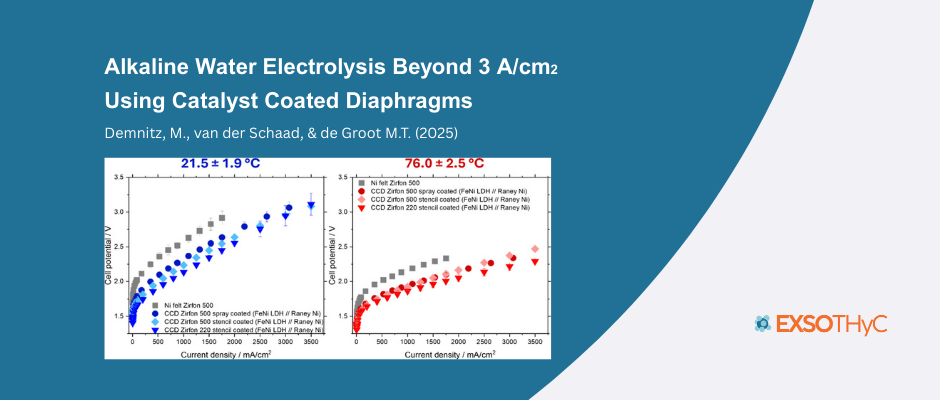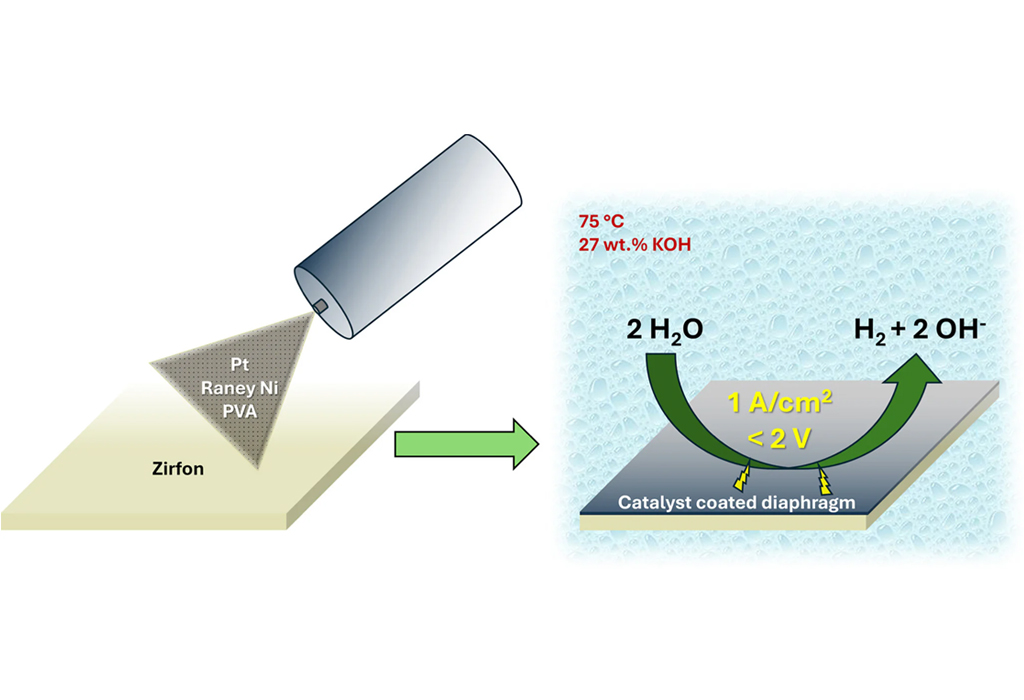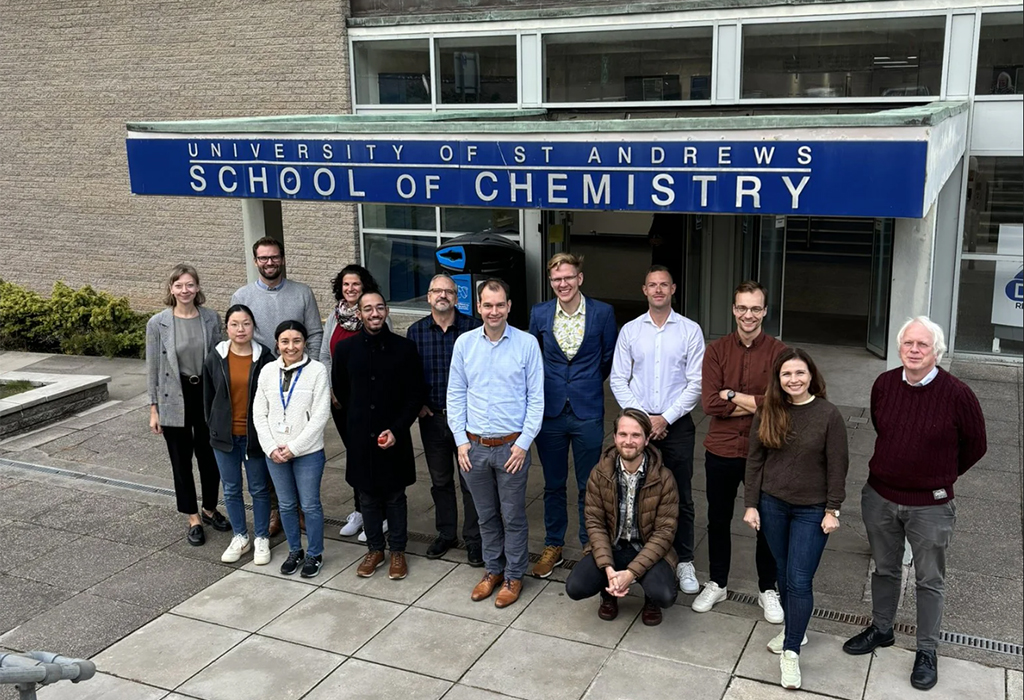Efficiency Redefined,
Exsolution-Based Nanoparticles for the
Lowest Cost of Green Hydrogen.

The EXSOTHyC project aims to optimise electrolyser operation towards lower voltages and higher efficiencies by combining electrodes made using powder metallurgy with ceramic nanoparticles fabricated by exsolution.
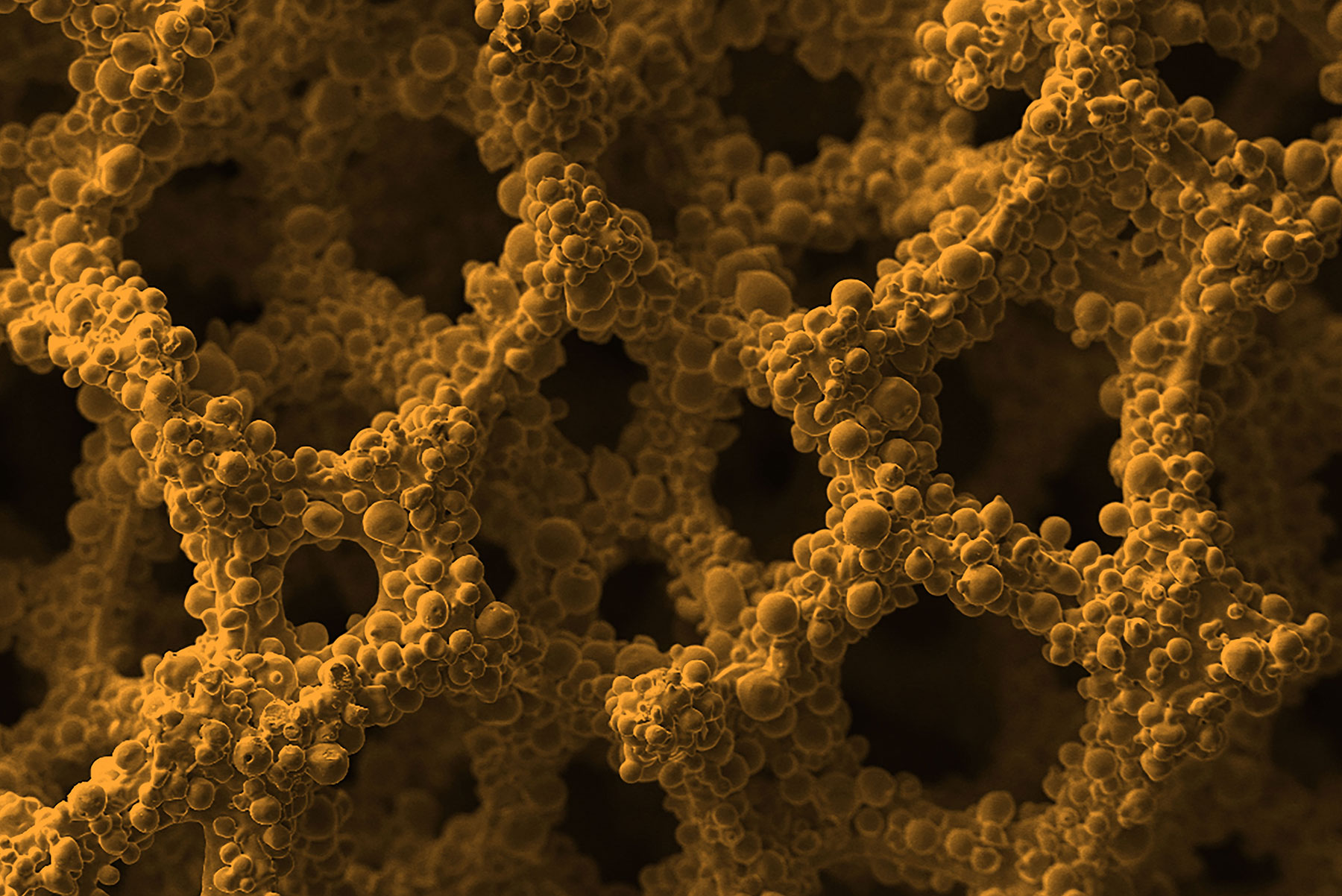
The concept
There is a growing consensus that the wider adoption of green H₂ is not hindered by electrolyser CAPEX: the costs of green H₂ are in most cases vastly dominated by OPEX, which in turn is a direct function of electrolyser efficiency.
To achieve lowest possible levelised cost of H₂, efficiency should be prioritised over current density.
EXSOTHyC will optimise electrolyser operation towards lower voltages and higher efficiencies. The innovation is three-fold and addressing:
 Alternative ways to the O₂ and H₂ evolution reactions by new anode and cathode approaches
Alternative ways to the O₂ and H₂ evolution reactions by new anode and cathode approaches
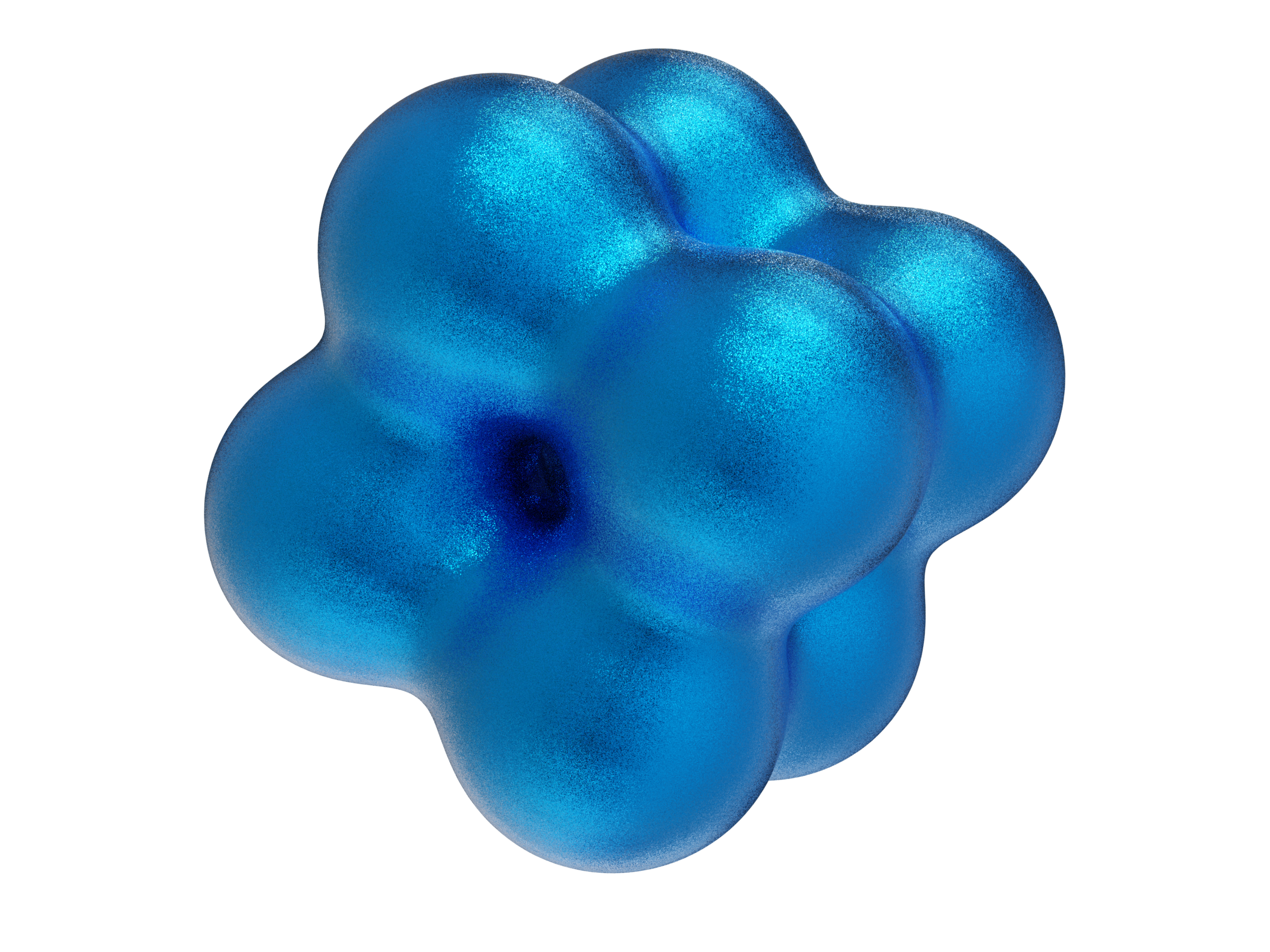 Novel concepts of membrane electrode assemblies with integrated components
Novel concepts of membrane electrode assemblies with integrated components
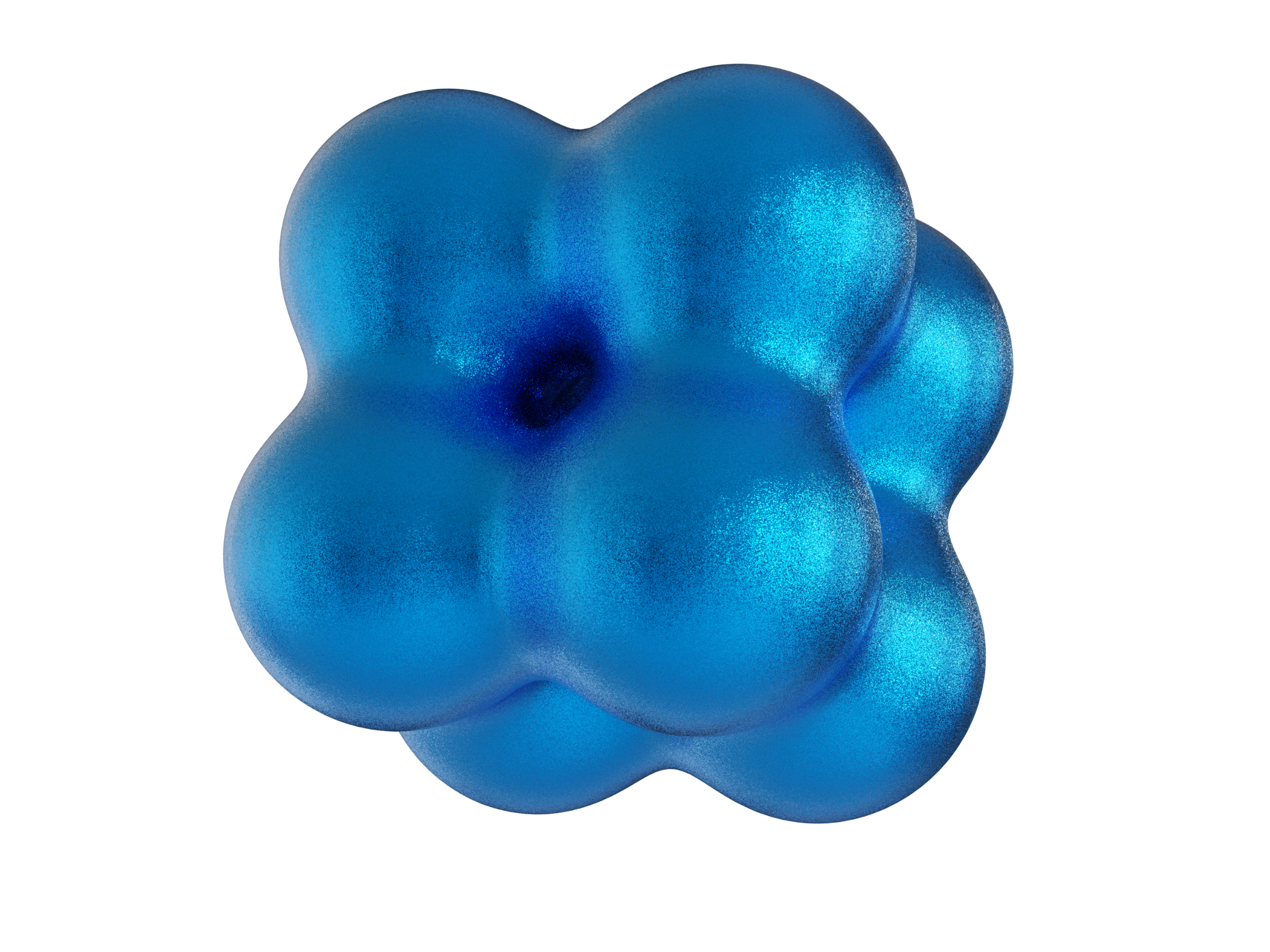 Novel cell design to enhance overall cell efficiency by integrating disruptive concepts
Novel cell design to enhance overall cell efficiency by integrating disruptive concepts
The objective
The main objective of the EXSOTHYC is to develop and validate a next generation alkaline electrolyser short-stack prototype with a novel cell design containing disruptive sub-components and breakthrough materials to fulfil the future needs of gigawatt-sized storage of renewable energy.
The motivation
To make alkaline electrolyser systems more efficient, they usually run at voltages higher than 2 volts per cell. This means they consume a lot of power, over 54 kilowatt-hours per kilogram. There are a few reasons for this:
The electrodes don’t work very well.
The material between the electrodes lets gas through too easily, so we need high currents to get pure hydrogen.
System set up doesn’t work well at low currents.
We need high currents to keep costs down.
However, many experts agree that the main barrier to using green hydrogen more widely isn’t the initial cost of the electrolyser system, but the ongoing expenses, especially the cost of electricity. And that cost depends on how efficient the electrolyser system is. To make green hydrogen cheaper overall, it’s more important to focus on making the system more efficient rather than just increasing how much hydrogen it can produce at once.
The impact
The development of new catalysts for alkaline electrolysers is a notable achievement, potentially sparking a wave of exploration in similar materials. Additionally, advancements in membrane science and engineering, such as scaling up membrane concepts and challenging longstanding beliefs, promise to stimulate further research and innovation.
The project aims to enhance EU competitiveness by fostering a European value chain for hydrogen systems. This involves creating new materials, catalysts, and production methods that can be applied beyond hydrogen technology, thus driving innovation and potentially reducing the cost of producing green hydrogen, ultimately fostering the growth of the renewable energy sector and creating job opportunities.
The widespread adoption of green hydrogen holds immense promise for mitigating climate change and reducing air pollution-related deaths. The research aims to support this transition by providing scientific evidence, identifying policy gaps, and offering recommendations for more sustainable hydrogen production processes.





